Country Name: Peru
System of government: Republic
Capital: Lima
Location: In western South America on the Pacific, bordered by Ecuador, Colombia, Brazil and Bolivia
Area: 1,285,216 sq km
Population: 18,786,000
National composition: Amerindians, creoles, mestizos
Religions: Roman Catholic
Official language: Spanish
Currency: sol = 100 centavos
Administrative divisions: 24 departments
Other major cities: Arequipa (pop. 360,000), Callao (pop.346,000)
Highest elevation: Huascaran (6,807 m) in the Andes
Chief river: Amazon
Largest lake: Titicaca (8,300 sq km) lying at 3,812 m above sea level, the world’s highest lake open to navigation
Climate: Tropical, cooled by the Humboldt Current along the Pacific coast
Anthem: “Himno Nacional del Perú” (Spanish)
“National Anthem of Peru”
Peru Location Map:
Peru Encyclopedia & Facts For Kids
Along the Pacific coast stretches an arid desert known as the Costa. About one-third of the country is occupied by the rugged peaks of the Andes with its group of active volcanoes. This part of the country is frequently plagued by earthquakes. Towards the east, the Andean plateaux descend into the selva, the tropical rainforest of the Amazonian Basin.
Forests cover more than one-half of the total area of the country, providing timber and valuable mahogany, cedar and other rare woods. The fauna is very varied, including the condor, pelican, cormorant, llama, vicufia, chinchilla, jaguar, puma and tapir.
Plantations produce sugar cane, potatoes, rice, maize, cotton, coffee beans, grapes, bananas, fruit and other produce. Sheep, poultry, cattle and goats are raised. Llama and alpaca are bred on the high plateaux. Fishing, especially for sardine, is a very important factor in the national economy.
Peru has considerable mineral riches. There is bismuth, gold, iron, silver, copper and lead ores, oil, natural gas, potash, phosphates and coal. Metallurgy and smelting are therefore the leading industries. Automobile, tyre and petrochemical production facilities are developed. The traditional industries include foodstuffs, textiles and leather.
There are only a few local railway lines which are not interconnected, and transport therefore largely depends on roads and aeroplanes as well as coastal shipping.
 Kids Portal For Parents India Kids Network
Kids Portal For Parents India Kids Network

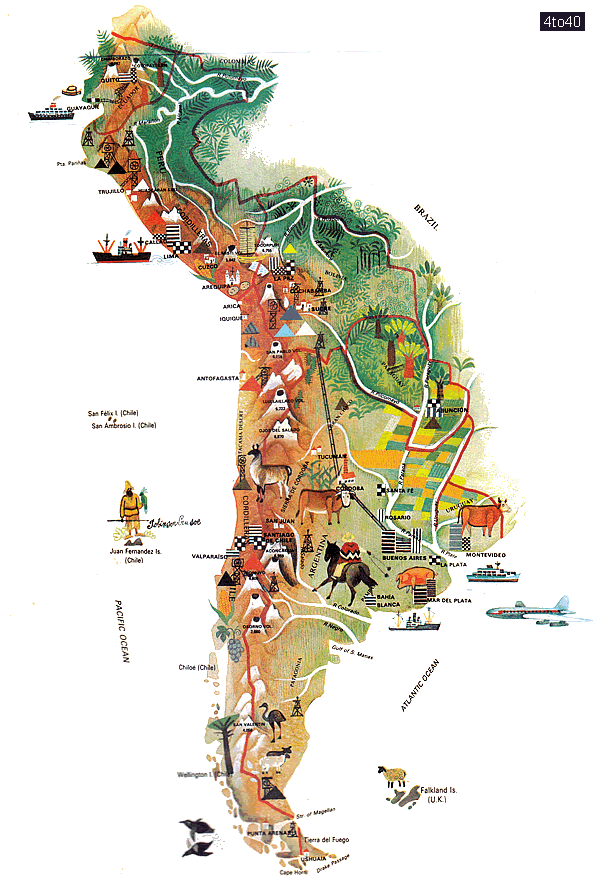
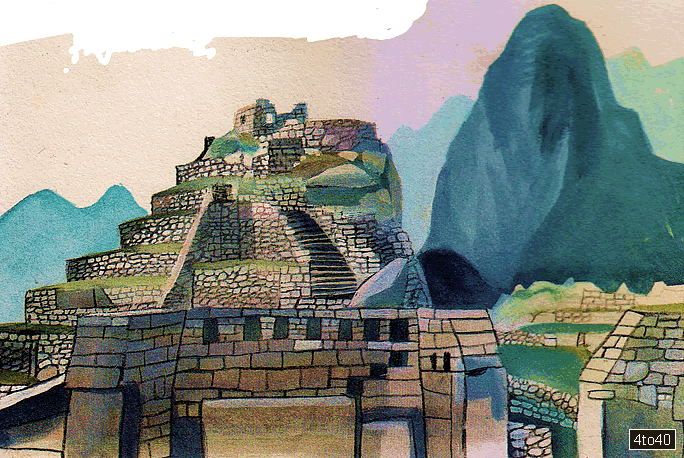

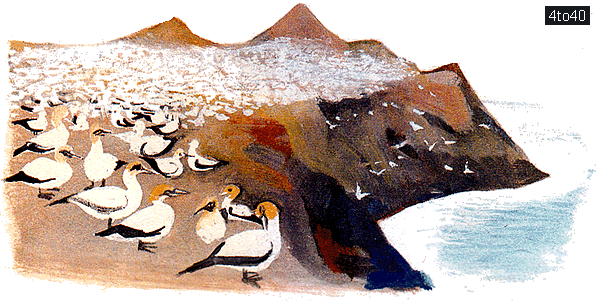
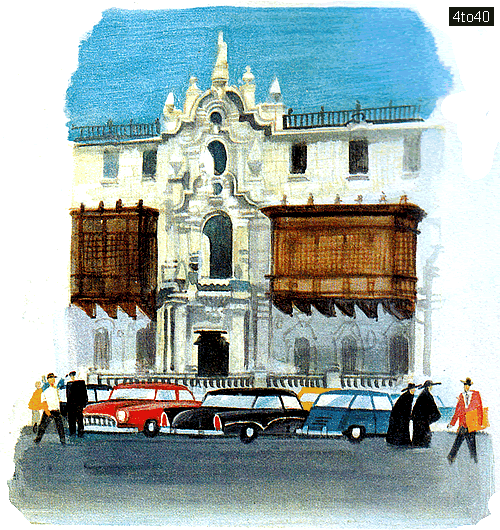
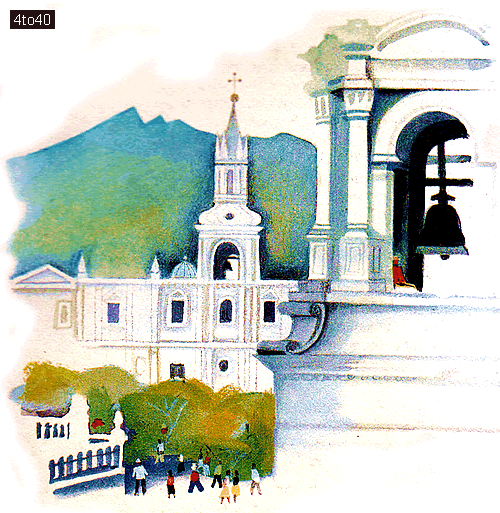
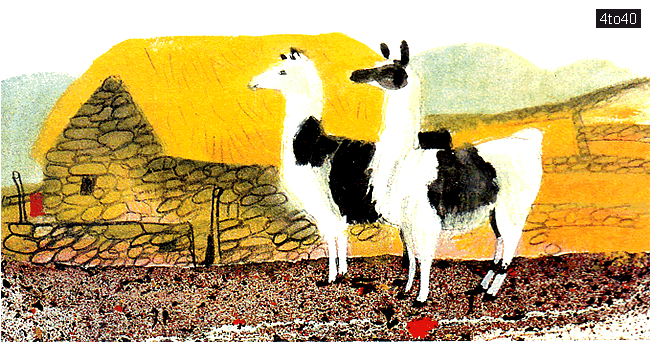
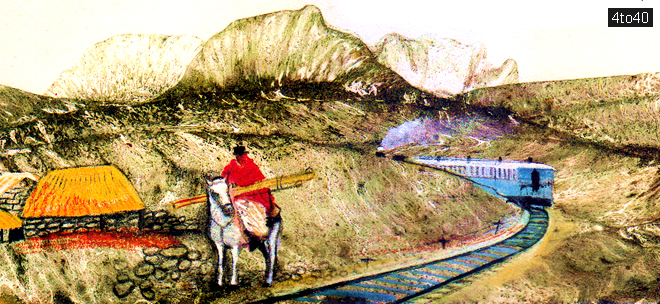


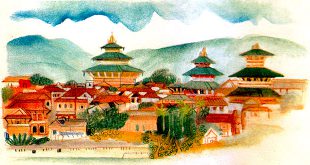
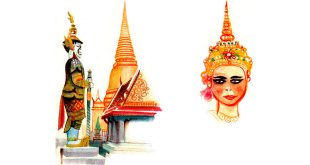
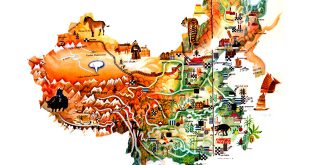
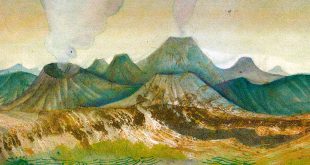
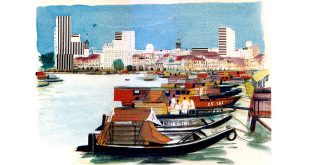
One comment
Pingback: Ecuador Encyclopedia & Facts for Kids - Kids Portal For Parents